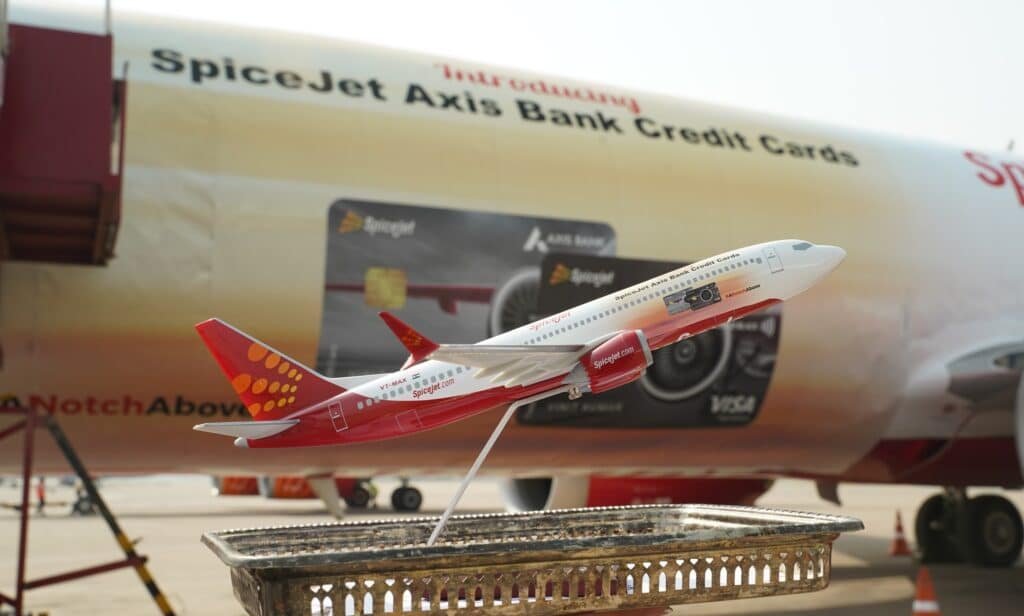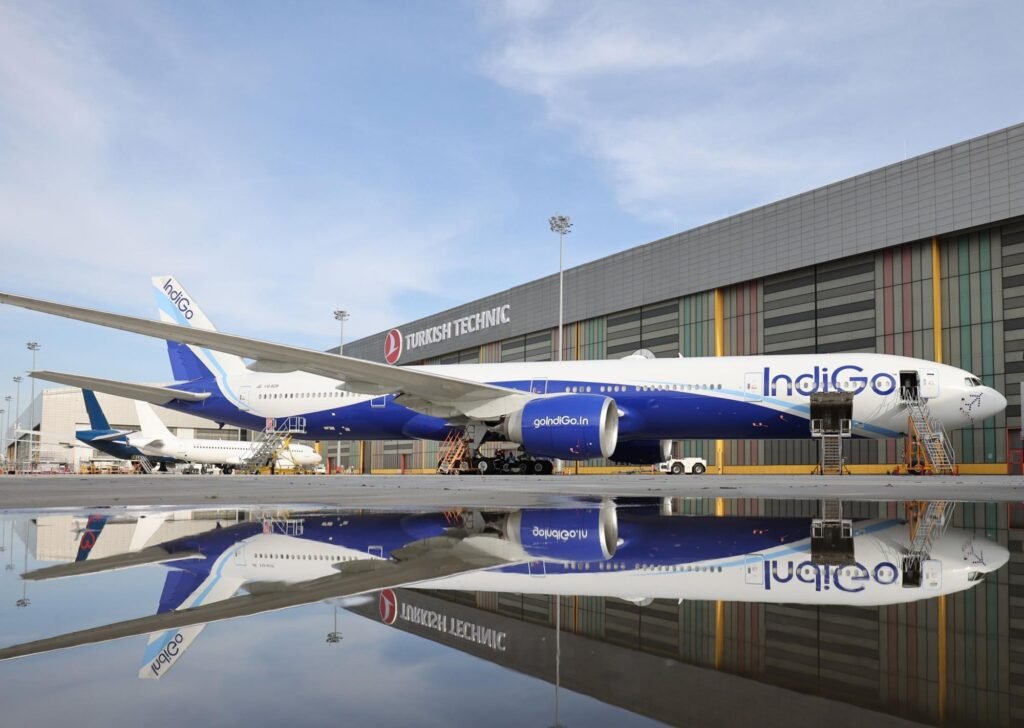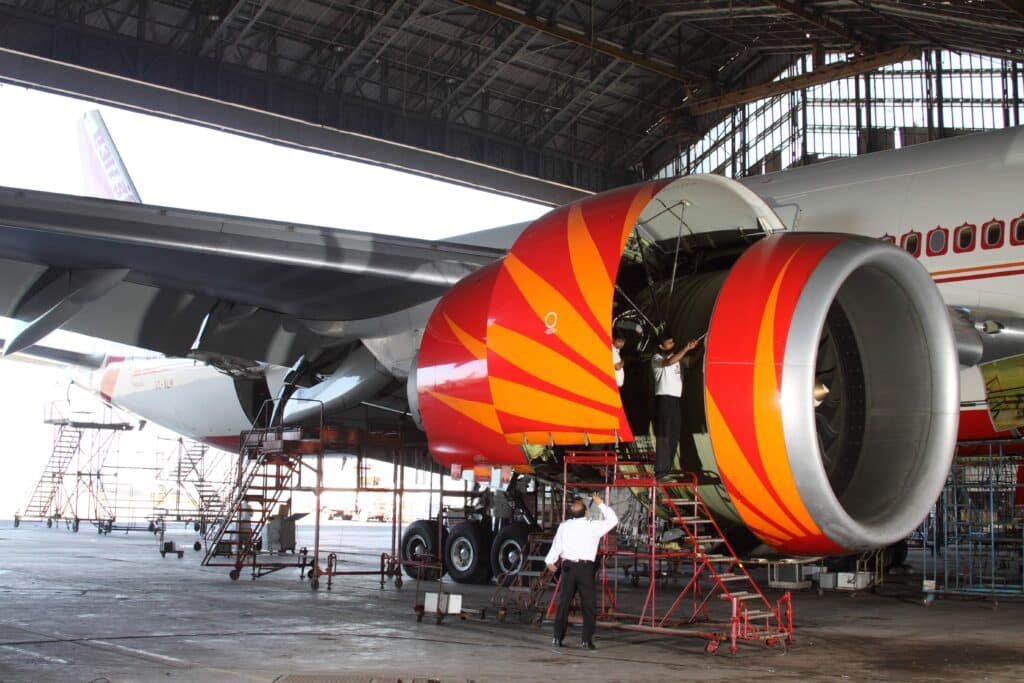- SUMMARY
- Bank Investments in the Indian Aviation when compared to 2021 has increased two folds.
- Main areas of investments: MRO & New Orders placed by airlines.
- As investment rises, the passenger numbers rises parallelly.
There is no doubt in saying that the Indian aviation sector is currently on a boom. With the skyrocketing orders from airlines and back-to-back operationalization of new airports, the sector is growing rapidly. According to a media report from The Hindu Business Line, the investment from banks as well as alternative sources in the Indian aviation sector has significantly increased.
Bank Lending to Indian Aviation Sector Doubles
Reserve Bank of India (RBI) is the economic regulator in India, overseeing the financial activities of all the banks. According to the data from RBI, 40 banks have invested Rs 45,076 crore as of January 2024. Three years ago, in 2021, this figure stood at Rs 23,407 crore. This means that the bank investment in the Indian aviation sector has doubled in the past 3 years.
This data holds significance because despite losing a large chunk of money to the insolvency proceedings of Kingfisher Airlines, Jet Airways and now GoFirst Airways, banks continue their interest in the aviation sector. This hints at the potential of this sector.

Other than banks, the sector has received funding from other sources as well. Funding from alternative sources reached Rs 27,824 crore in January 2023, which is 62 percent more than January 2022. Overall, the sector is garnering interest of investors and rightfully so. Recently, IndiGo bypassed Southwest Airlines in becoming the third most valued airline in the world in terms of market capital.
Indian Aviation: Where is Money Being Spent?
One major question would be that if funding has increased, where is the money being used? According to the report from the Hindu Business Line, a majority of this money has been spent on new orders placed by airlines. Last year, IndiGo placed the largest Narrowbody order in the history of aviation at Paris Airshow. It signed a deal for 500 Airbus A320neo family aircraft.

Similarly, Air India also placed a deal to buy 470 aircraft from Boeing and Airbus. This deal includes purchase of 70 widebody aircraft, including 40 A350, 20 B787 and 10 B777X. At Wings India Airshow 2024, Akasa Air also placed a major order for 150 Boeing 737 MAX jets. This is where the investment is being used.
The orderbook of Indian airlines currently stands at 1,700 aircraft. More than 950 aircraft will be delivered to IndiGo alone. By 2030, the airline aims to double its fleet size. The orderbook of Indian airlines is double the current operational fleet.
MRO Activity Gaining Traction
Other than aircraft orders, one more sector where investors have their eyes set is the Maintenance, Repair, and Overhaul (MRO) facilities in India. Since most of the aircraft of Indian airlines are leased, their MRO works are conducted abroad, majorly in Turkey or Singapore. But now, airlines are looking to develop in-house engineering capabilities.

Air India has recently signed a partnership with Bengaluru International Airport Limited (BIAL) to set up an aviation hub. Apart from increasing international network from the airport, it has also planned to set up an MRO facility at Bengaluru. It has placed an investment of Rs 1,300 crore in this facility, which is expected to generate employment for hundreds of people directly and thousands indirectly.
Engineering firms like AI Engineering Services Limited (AIESL) have started to conduct major checks for foreign airlines. Recently, the Kolkata unit of AIESL conducted its very first international C-Check on an Airbus A319 belonging to Bhutan Airlines. Nagpur unit earlier performed similar checks for Kuwait Airways on Boeing 777 aircraft and SpiceJet for Boeing 737 MAX. Recently, AIESL announced its intent for an aircraft scrapping infrastructure in India.

According to independent aviation analyst, Sir Ameya Joshi, these investments in MRO facilities comes as a big positive for the whole industry. Huge delivery backlogs, airport expansion and increasing MRO activities shows a comprehensive approach towards growth.
Indian Aviation Sector Witnessing Parallel Growth
If a firm invests in any sector, it expects a return of investment. While Indian aviation sector is largely cost-sensitive, the increment in passenger traffic comes as a positive result. In this Financial Year, the domestic passenger number is growing at a rate of 8-13% annually. The sector is expected to cross the pre-pandemic highest count of 141.2 million easily. On the international front, the passenger numbers will also reach all time high again.

According to executives from rating agency ICRA, the financial condition of aviation stakeholders is slowly improving. He said that with a decline in the prices of Aviation Turbine Fuel (ATF) and stable foreign exchange rates, the pricing power will improve. In FY2024, the industry will witness reduced net losses at Rs 3,000-4000 crore. In previous fiscal, these losses stood at Rs 17,000-17,500 crore.
Despite the issues with engines and supply disruptions, the sector looks optimistic. Aviation will play a crucial role in the nation’s economic development. The market is currently undergoing consolidation with two Full Service Carriers and two Low Cost Carriers under TATA Group merging under one umbrella.
What do you think about this increased investment in the Indian aviation sector. Discuss your opinions in the comments section.
Source Credits
With Inputs From The Hindu Business Line
Read the Latest Aviation News on Times of Aviation
Read More: Lufthansa Halts Flights to Jordan, Lebanon, Israel, and Kurdistan
Featured Image Credits: IndiGo Airlines via Facebook
Website Disclaimer: Times of Aviation does not claim copyright ownership of any information or images used on this website. Usage of content falls under fair use.


